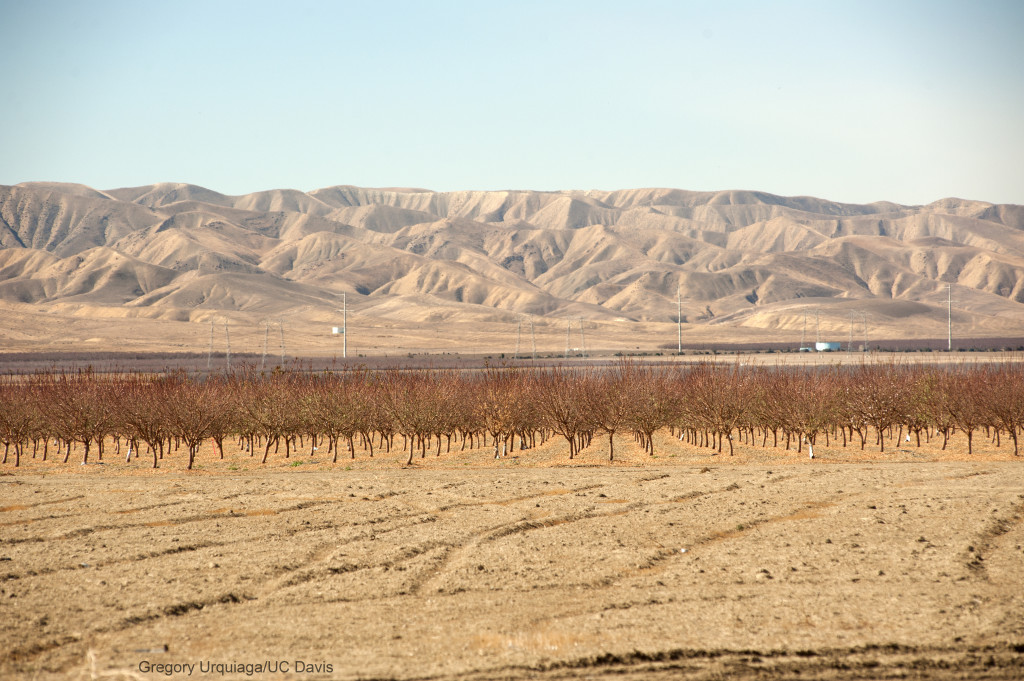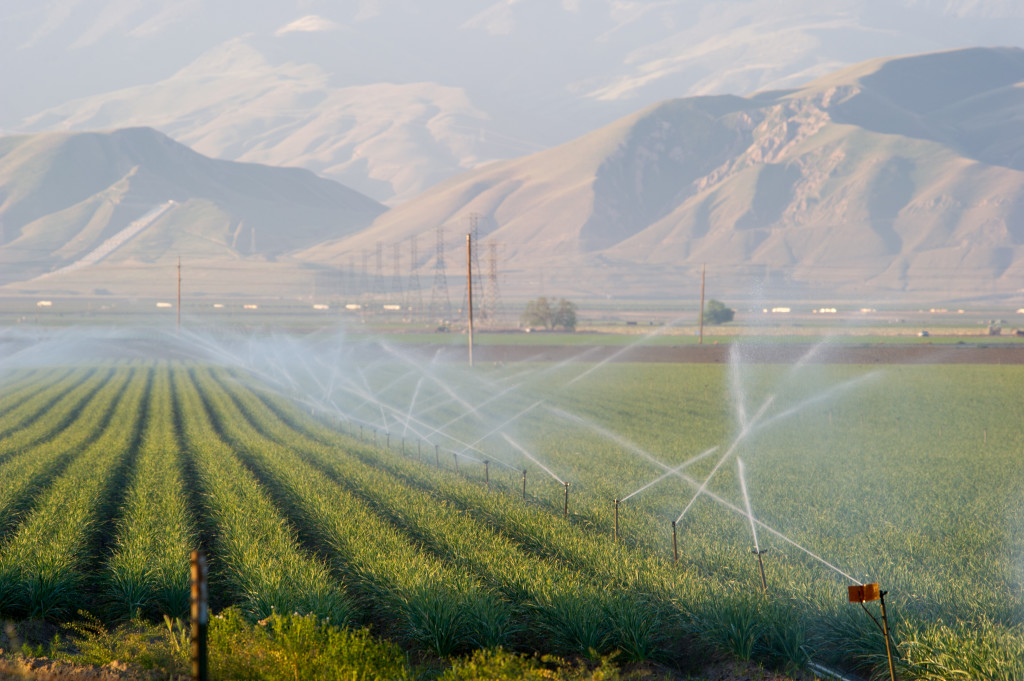Dueling California Drought Relief Bills Debated on Capitol Hill
Stark Differences Emerge Between Competing House and Senate Bills

What can and should the federal government do to assist the State of California in weathering the worst drought in recorded state history?
While the U.S. House of Representatives is embroiled in a chaotic political debate over selection of a new House Speaker, the more deliberate consideration of new legislation continues apace in the Senate.
Currently before the Senate Energy and Natural Resources Committee are two bill designed to provide federal relief for a drought-stricken California: H.R. 2898 (Valadao) and S. 1894 (Feinstein/Boxer). Those competing measures provide starkly different legislative visions and menus of proposed drought solutions.
H.R. 2898 is legislation crafted and authored by House Republicans from the San Joaquin Valley. It has already passed the House on a party-line vote, and is now pending in the Senate. H.R. 2898’s focus is quite straightforward: it would shift California’s shrinking water supplies from currently-dedicated environmental uses to agricultural purposes.
The House bill would do so in a number of dramatic and unprecedented ways. For example, it would legislate changes to the “biological opinions” prepared by federal wildlife agencies under the federal Endangered Species Act. Those “bi-ops” have resulted in limits on water deliveries from the federal Central Valley Project (CVP) designed to sustain ESA-listed fish species like the Delta Smelt and migratory salmon. (The bi-ops had been challenged in lawsuits brought by Central Valley water users, but were ultimately upheld by the Ninth Circuit Court of Appeals.) H.R. 2898 would also suspend the federal government’s current actions to implement the so-called “San Joaquin River” settlement, which resolved 18 year-old litigation brought by environmental groups against the federal government and other actors whose water diversions had completely de-watered major stretches of California’s second-largest river. Additionally, the bill would weaken the Central Valley Project Improvement Act, landmark legislation enacted by Congress in 1992 which mandates that a relatively modest portion of water stored and transported by the CVP be devoted to environmental purposes.

In response to H.R. 2898, California’s U.S. Senators, Dianne Feinstein and Barbara Boxer, have introduced S. 1894. That bill proposes a far different federal “drought relief” strategy for California compared to the House proposal. Rather than shift finite water supplies from environmental to agricultural uses, S. 1894 adopts an “expand-the-pie” approach to available water supplies. It attempts to make more water available for agricultural–and urban–purposes by funding a series of “Long-Term Supply Projects” including water recycling, desalination projects, storm water capture and water conservation strategies. Critically, S. 1894 expressly rejects H.R. 2898’s approach of waiving or repealing existing federal environmental laws, instead declaring that S. 1894’s suite of proposed water projects should proceed in full compliance with those laws.
There are, however, some features common to both pending federal bills. Both, for example, require that the feasibility of proposed new surface storage facilities be reviewed in rigorous federal studies to be completed in the near future. But while H.R. 2898 limits the mandated feasibility studies to new surface storage projects, S. 1894 goes further to require feasibility studies of proposals to raise and expand existing storage projects such as Shasta, Folsom and Friant Dams and, critically, groundwater storage projects as well. (The latter can often be developed at far lesser economic and environmental cost than new surface storage projects.)
Last week I testified before the Senate Energy and Natural Resources Committee at a hearing convened to consider both bills. (Here’s a link to my testimony.) I did so at the invitation of Committee Chairman Lisa Murkowski (R-Alaska) and the Committee’s ranking Democratic member, Maria Cantwell (D-Washington). My testimony addressed both current drought conditions in California and a comparative analysis of H.R. 2898 and S. 1894. Also testifying at the recent hearing were California Senators Feinstein and Boxer, Congressman Valadao, Deputy Secretary of the Interior Michael Connor and Metropolitan Water District General Manager Jeff Kightlinger. (Here’s a link to the Committee’s October 8th hearing.)
The Senate Committee has deferred a vote on the competing House and Senate drought relief bills for California. But it appears that both Committee Chairman Murkowski and Ranking Member Cantwell are eager to see if the stark differences reflected in the two bills can be resolved through a single, compromise measure. My sense is that such a compromise represents a most heavy political lift, and that the distinct drought relief proposals currently reflected in H.R. 2898 and S. 1894 would be extremely difficult to reconcile.
As the House of Representatives continues to be mired in a riveting but dysfunctional fight over its new leader, it will be interesting to watch how the U.S. Senate decides which–if either–version of federal drought relief for California should be approved.







Reader Comments